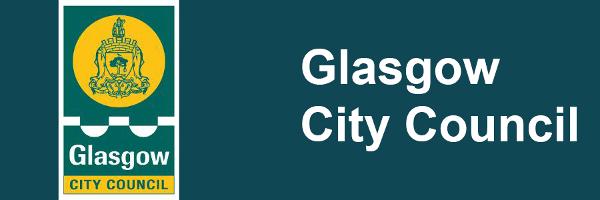History of the Office of Lord Provost
Lord Provost of Glasgow
The mediaeval burgh of Glasgow was administered on behalf of the bishops of Glasgow by two or three officials known as 'Bailies' or 'Provosts' as a single chief magistrate was not created until the early 1450s.
The Local Government (Scotland) Act 1994 instructs all councils to elect a convener from the elected councillors. In Glasgow, this is the Lord Provost, whose term of office is presently 4/5 years (ie. the life of the council). The title comes with the prefix The Rt. Hon., so the first citizen becomes known as The Rt. Hon. The Lord Provost of Glasgow, whether they are male or female. A female partner is called the Lady Provost, but there is no title for a male partner.
The main function of the Lord Provost is to Chair Council meetings and to represent the council on Civic and Ceremonial occasions, receiving Heads of State and their ambassadors on visits to Glasgow. The Lord Provost is also ex-officio the Lord-Lieutenant of Glasgow, and acts as the King's representative in the city - hosting Armed Forces' Day, Remembrance Events and presenting medals, such as The King's Award for Voluntary Services and British Empire Medals on behalf of His Majesty The King.
Bailie is an honorary title given to a councillor who can deputise for the Lord Provost at Civic Receptions and engagements. There is a cross-party representation of Bailies and the role is not political. Bailies receive no remuneration for this post. At present there are 17 Bailies and a Depute Lord Provost.
The second and third citizens of Glasgow are the Lord Dean of Guild and the Deacon Convener, who are appointed by the Merchants House and Trades House respectively, and also attend Civic and ceremonial occasions.




